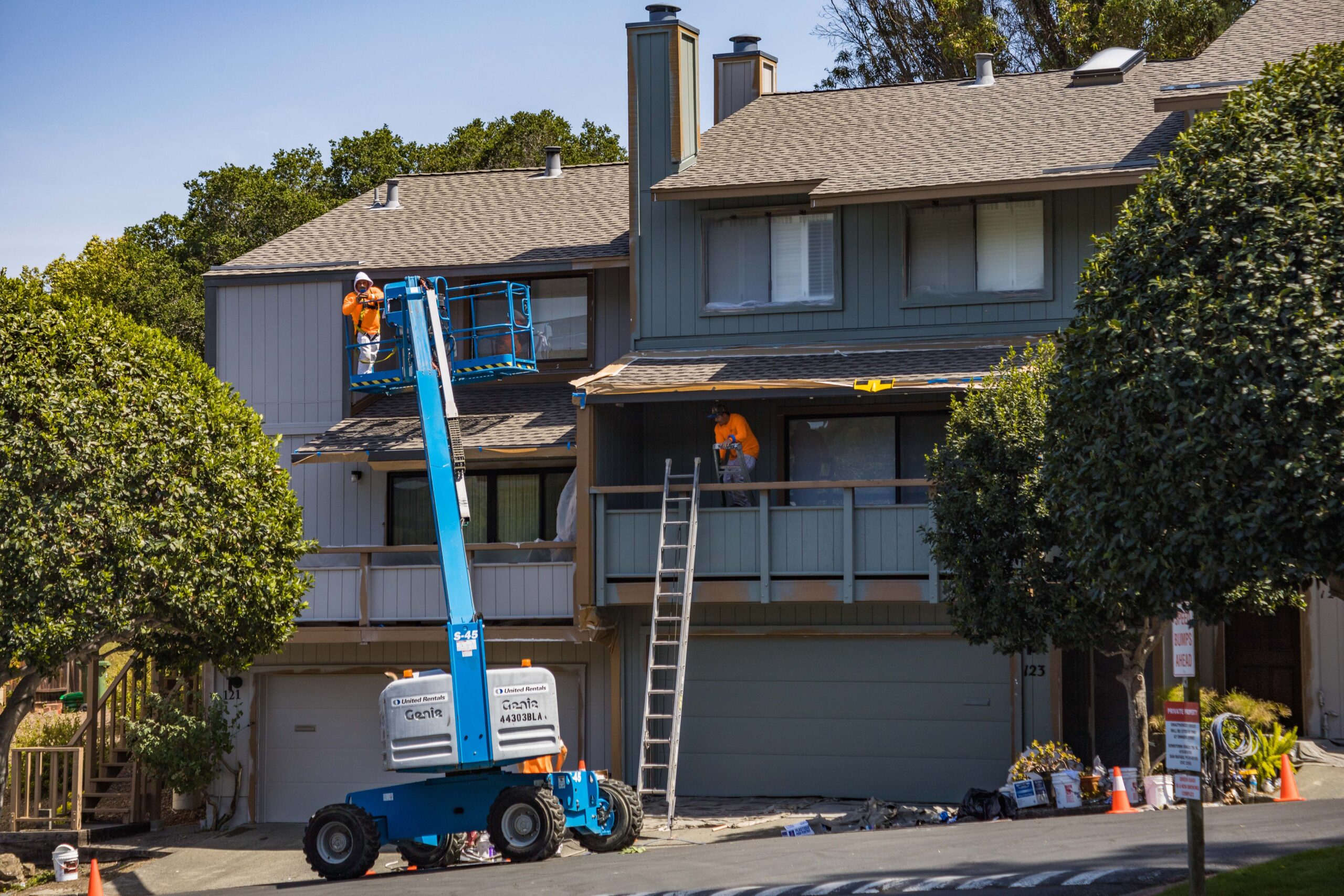
06 Jul Evaluating the Potential of St. Louis Retail Spaces: Location, Foot Traffic, and Market Trends
Evaluating the potential of retail spaces is critical to establishing a successful business. In the lively city of St. Louis, Missouri, this evaluation becomes even more crucial due to the dynamic nature of the retail market. With the right combination of location, foot traffic, and market trends, entrepreneurs can position themselves for success. This composition will delve into the different factors donating to evaluating the potential of St. Louis retail spaces and provide valuable insights for aspiring business owners.
Evaluating the Potential of St. Louis Retail Spaces: Location, Foot Traffic, and Market Trends
Location, foot traffic, and market trends are three key elements that must be carefully considered when assessing the potential of retail spaces in St. Louis. Each factor plays a vital role in deciding the viability and profitability of a company experience. Let’s carry a more intimate look at each of these elements and understand how they impact the success of retail locations.
Location Matters: Finding the Ideal Spot
Discovering the proper establishment is the foremost step in evaluating the potential of retail space in St. Louis. The location of a store can significantly influence its visibility, accessibility, and customer base. Here are some key concerns when considering the site of the retail area:
Proximity to residential areas:
A retail space near densely populated residential areas can attract a steady stream of customers. Convenience is a significant factor that influences consumer behavior.
Accessibility and parking:
Easy access and ample parking space can enhance customer convenience, encouraging more foot traffic to the store.
Competitor analysis:
Analyzing the presence of direct and indirect competitors in the vicinity can help determine the potential market demand for a particular retail niche.
Infrastructure and amenities:
Assessing the surrounding infrastructure and amenities, such as public transportation, can provide valuable insights into the potential customer base.
Foot Traffic: The Lifeblood of Retail
Foot traffic refers to the number of people passing by or visiting a particular location. It is a crucial factor for retail businesses as it directly impacts the visibility and exposure of the store. Here are some aspects to contemplate when considering foot traffic:
Pedestrian volume:
Areas with high pedestrian traffic are more likely to attract potential customers. Streets, sidewalks, and public spaces with heavy foot traffic are ideal locations for retail businesses.
Proximity to popular attractions:
Retail spaces near popular attractions, tourist destinations, or entertainment venues can benefit from increased foot traffic generated by these attractions.
Analysis of daily patterns:
Understanding the daily patterns of foot traffic can help businesses align their operations and marketing strategies accordingly. Consider peak hours, weekends, and seasonal fluctuations.
Market Trends: Adapting to Consumer Demands
To assess the potential of retail spaces in St. Louis and facilitate the process of selling my St. Louis house fast, it is crucial to stay informed about current market trends. The impact of these trends on the success of retail businesses is significant. Let’s explore how market trends influence the effectiveness of retail businesses:
Consumer preferences and demands:
Keeping an eye on evolving consumer preferences helps businesses identify market gaps and tailor their offerings to meet customer demands effectively.
Retail industry reports:
Industry reports provide valuable data on market trends, including sales figures, customer behavior, and emerging retail concepts. Utilize these reports to gain insights into the current market scenario.
Technological advancements:
Embracing technology and incorporating it into retail strategies can help businesses stay competitive. Trends like online shopping, mobile payments, and personalized shopping experiences should be considered.

Conclusion
Evaluating the potential of St. Louis retail spaces requires a thorough analysis of location, foot traffic, and market trends. By carefully considering these factors, entrepreneurs can make informed decisions and position their businesses for success. Remember, finding the ideal location, attracting foot traffic, and staying updated on market trends are crucial steps toward building a thriving retail establishment in St. Louis.
Frequently Asked Questions (FAQs)
1: How important is the location of retail space in St. Louis?
The retail space location in St. Louis is critical for attracting customers and ensuring convenience. It significantly impacts the visibility, accessibility, and potential customer base of a store.
2: What role does foot traffic play in the success of retail businesses?
Foot traffic is essential for retail businesses as it determines the visibility and exposure of the store. Higher foot traffic increases the chances of attracting potential customers and driving sales.
3: How can businesses adapt to market trends in St. Louis?
Businesses can adapt to market trends in St. Louis by staying updated on consumer preferences, leveraging industry reports, and embracing technological advancements to meet customer demands effectively.
4: How can I analyze the foot traffic patterns in a particular location?
Analyzing foot traffic patterns can be done through various methods, including manual observation, digital footfall counters, or seeking insights from local authorities and business associations.
5: What are some popular retail niches in St. Louis?
Popular retail niches in St. Louis include fashion and apparel, home decor, specialty foods, craft breweries, and artisanal goods. Nevertheless, it is necessary to research to determine gaps and opportunities.
6: How can businesses stay competitive in the ever-changing retail landscape?
Businesses can stay competitive by adapting to consumer demands, utilizing technology, providing exceptional customer experiences, and continuously monitoring market trends and competitor activities.
 CLICK HERE FOR PODCAST
CLICK HERE FOR PODCAST

